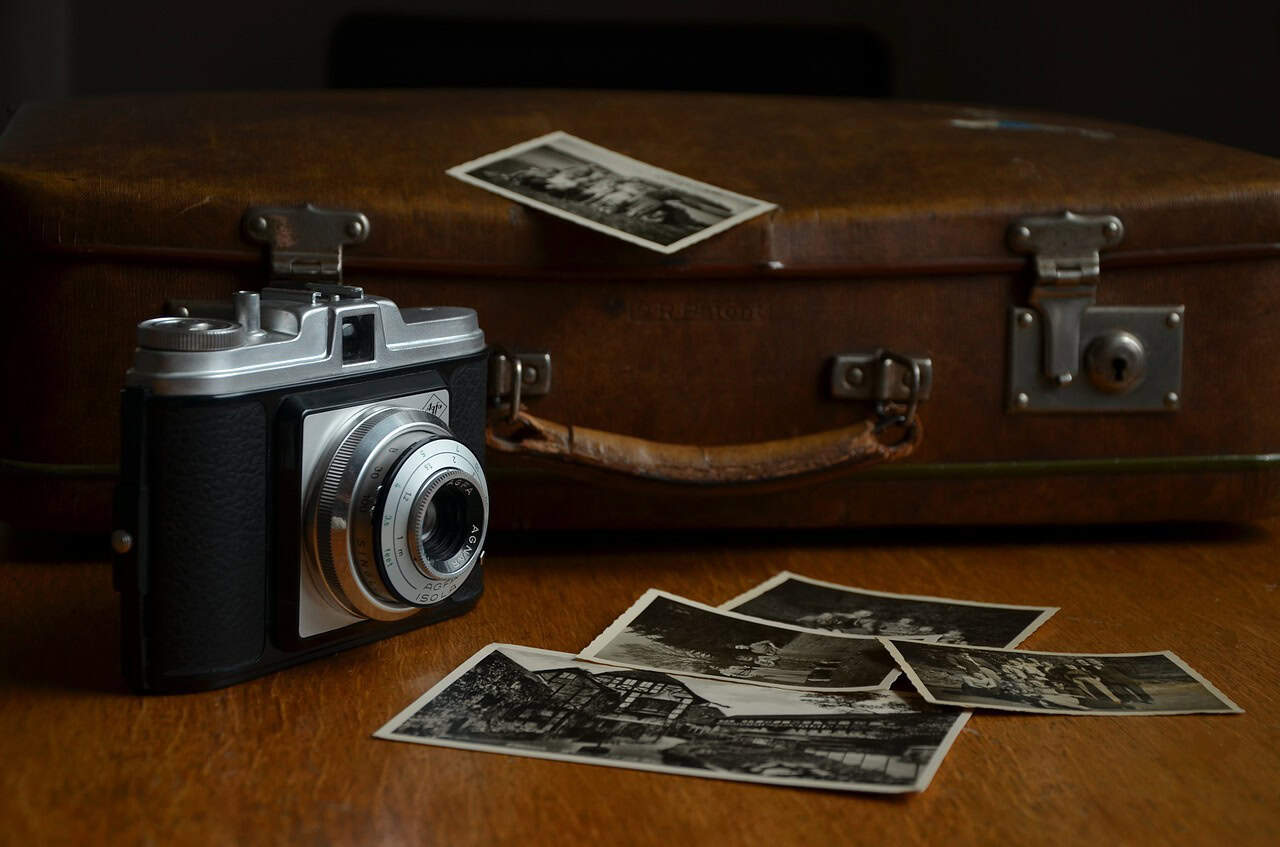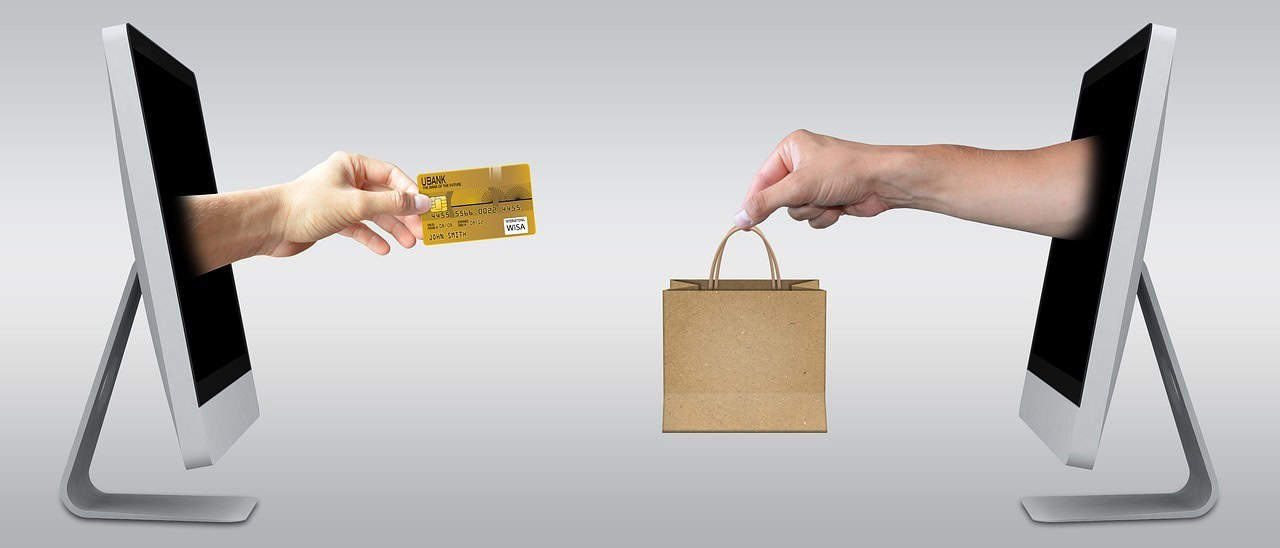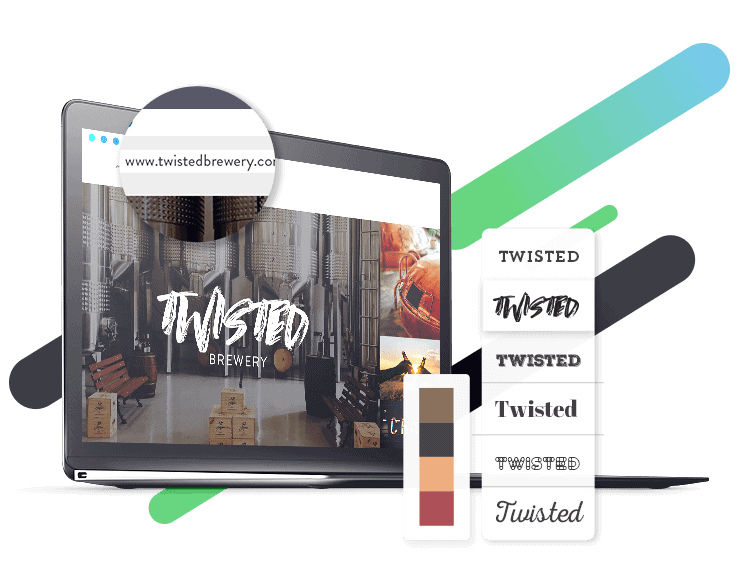Design is the cornerstone of the entire brand experience. It’s the secret to effective marketing, it enriches your brand’s content, and it makes your products stand out. In other words, design is the unifying force behind every aspect of your company, transforming your business into a cohesive, recognizable brand.
Great design establishes your business’s identity and reputation, and it improves the way consumers think about your brand.
Want to know how? Here are 9 ways design makes a positive impact on your brand:
1. Design makes your brand memorable.

Consistent design across all your products and platforms gives your brand a particular look and feel – and this look and feel forms the core of your brand identity.
Consumers are more likely to remember their interactions with your company when your design is attractive and unique. A poor logo, website, or product design makes your brand less memorable and difficult to differentiate from the competition.
Great design, on the other hand—an eye-catching logo, a distinct color combination, attractive product packaging, a user-friendly web interface—generates memorable brand interactions.
Apple’s sleek, friendly, and simple look is a great example of unforgettable design. The minimalist Apple logo (with the cheeky missing chunk), the equally simple color scheme, and the sleek glass Apple stores have turned the company from a tech company into an iconic brand that everyone’s heard of.
2. Design makes your brand trustworthy.

Have you ever left a website because it had an unattractive or outdated UI (user interface)? Research from Stanford University has found that a whopping 75% of users form judgements about a brand’s credibility based on its website design.
Even when your company offers a great product, it’s hard for users to believe in your brand if it lacks visual appeal. If you aren’t putting effort into your design, users think, how much effort are you really putting into your product?
Great design—whether on your website, social media pages or product packaging— builds trust in your audience. While the connection between design and trust might seem unintuitive, having a well-designed brand is a big part of establishing credibility.
3. Design determines first impressions.

Consumers these days are driven by split-second decisions. Studies have shown that consumers form an opinion about a web page in just 50 milliseconds—meaning your design needs to make a good impression on first glance.
Why does this matter?
It’s simple. If your brand looks good, users will linger and consider a purchase. If it’s unattractive, users will immediately go somewhere else to get what they need.
Even before consumers know anything about your product, the design of your website, social media pages, and ads can instantly determine whether a customer chooses a competitor’s product over your own.
4. Design showcases your personality.

Design has the power to give consumers immediate insight into your brand personality, or the “human” character traits that best describe your brand.
Is your company sleek and modern? Bold and rugged? Youthful and energetic? Every aspect of your design, from your logo to your font choices to your color palette, has the power to communicate your company’s personality—and to attract the right audiences as a result.
Nike’s Just Do It slogan and its swift check mark logo portray the sports apparel brand as competitive, spirited, and inspiring. These visual elements highlight Nike’s personality from the first moment a consumer interacts with the brand.
5. Design communicates your promises and values.

Just as design has the power to communicate your personality, it also has the power to communicate your brand promise and company values. This, in turn, helps you speak to your target audience—customers who share your values and feel inspired by your brand promise.
Good design doesn’t just showcase your product; it also adds meaning to your product. Why does your brand do what it does? What does your company care about? What promises do you make to your customers? When these answers resonate with your target audience and are immediately apparent in your design, you’ll attract the right customers for your brand.
American clothing company ModCloth uses design to showcase its value of cheerful, unpretentious fashion. The company’s retro font hints at its fondness for quirky vintage clothing, while its subtle light pink color scheme attracts users with a soft, friendly, and feminine clothing style.
6. Design makes your brand user-friendly.

The experience you users have interacting with your brand will make or break the success of your company. A huge part of this user experience is—you guessed it—design. Successful design means great UX throughout the entire customer journey, beginning with your website and all the way down the marketing funnel until purchase.
Your goal, as a company intending to convert leads and motivate customer purchases, is to make the customer journey as seamless as possible. The smoother the customer journey, the more likely they are to engage with your company and buy your products.
Great design is both attractive and functional, pleasing your customers visually, encouraging them to engage, and guiding them through the marketing funnel in a way that’s smooth, straightforward, and with your users at the center.
7. Design motivates customer purchases.

Effective design converts prospects and leads into customers. An eye-catching logo, a meaningful ad, and a compelling website draw prospective customers to your company.
Attractive content—complete with white space, strategically placed images and video, engaging visual themes, and an easy-to-read interface—keeps audiences lingering on your site and makes them fall in love with your brand.
8. Design sets expectations.

How we perceive a product is, in part, driven by our expectations. Many consumers are dedicated to a company even before trying its products, because they know beforehand that the brand is supposed to be good.
The secret to building this kind of reputation, one that makes your company universally, unquestionably likeable, lies in effective brand design. When you have great design in your shops, your product packaging, your website, and everything in between, you build a great reputation—and when you build a great reputation, you set high consumer expectations. You gain admirers who haven’t even tried your product yet, but who remain committed to your brand anyway.
You can think of this as a kind of placebo effect. The effectiveness of an antibiotic pill, even a fake one, is the product of our expectations—of what we know an antibiotic pill should do.
The same goes with brands: Starbucks is a beloved brand not necessarily because its coffee tastes good, but because we expect it to taste good. Louis Vuitton is a beloved brand not necessarily because its purses are different or better than other purses, but because we expect them to be.
These companies have set consumer expectations by mastering the art of brand design. They’re put a great deal of thought into the way they design their stores and the way they present their products.
9. Design elevates your product.

Great design doesn’t necessarily need to be something bold or out of the ordinary. In fact, design should never speak for itself. It should speak for your product, and it should quietly elevate your product to make it stand out.
Netflix is a great example of a brand with imperceptible—yet highly effective—design. Customers love Netflix for its wide selection of movies and TV shows, easy and intuitive browsing capability, and recommendations tool.
Very few customers point to Netflix’s recent website re-design as their favorite aspect of the brand, yet the design is the basis for all their favorite customer experiences. The design of Netflix is expertly invisible; it puts great content and user experience at the heart of the brand.
Over to You
Design is what makes your brand memorable and credible. It builds your brand’s reputation and sets customer expectations. It enhances your product and makes customer interaction seamless, engaging, and user-friendly.
It showcases your brand’s personality and values so that you attract the right customers—the ones who resonate most with your brand and who will buy time and time again.
Marketing, sales, product creation, and website development mean nothing without good brand design. If you don’t have already have a clear design strategy for your business, it’s time you make design a priority.
